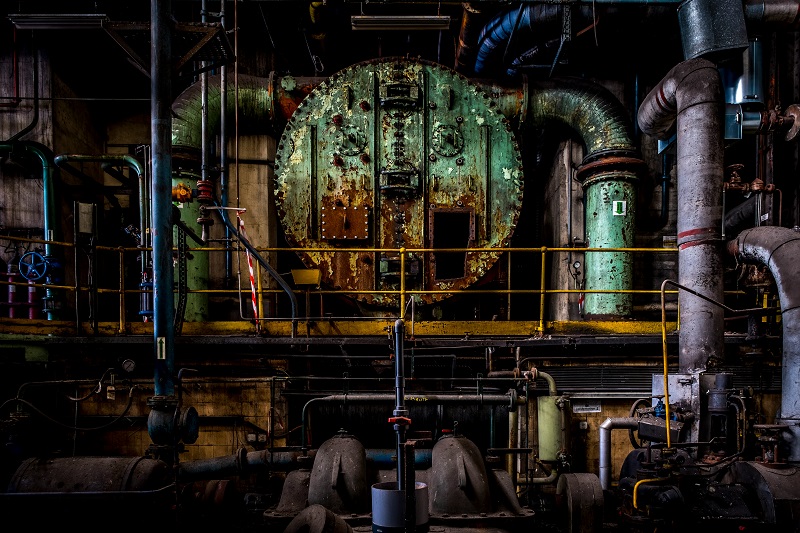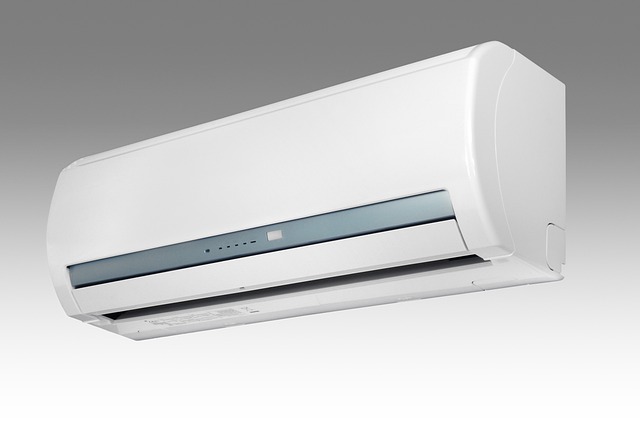Sustainable sanitation may not be the immediate answer to saving the world, but it’s certainly a step in the right direction. With water crisis’, no-nonsense solutions have never been more urgent. It’s time we saw sanitation through a new light.
The Dirty Truth
Let’s face it, industry is a messy business. Every factory, plant, and production unit is a mini ecological time bomb. Water pollution is their love letter to Mother Nature, and let’s just say, she’s not thrilled. Heavy metals, toxins, and chemicals shape the grim cocktail we call industrial wastewater. It’s not just environmental trends—it’s basic survival.
Old Problems, New Paradigms
Ditch those boring old sewer systems. The trend is shifting towards biological treatment methods. These mimic nature, using microbial communities to eat up waste faster. It’s greener, cleaner and smarter.
As microbes do their magic, they also reduce sludge production significantly. Traditional methods create byproducts that require additional disposal and management. Biological systems cut down on those nasties, making them not only easier to manage but also kinder to the eco-budget. Companies can invest those savings into improving their sanitary systems or other green initiatives.
But the elephant in the room remains: Cost. Spoiler alert: It’s decreasing. As technology advances and awareness grows, industrial players are finding this approach more viable and profitable.
A wastewater consulting firm can provide valuable insights for industries looking to adopt these modern solutions. Expert guidance can ensure treatment systems are optimized for both cost and performance, speeding up the transition to green sanitation.
Momentum is also building for hybrid systems that combine both biological and physical treatment methods. This maximizes efficiency, treats more wastewater and responds faster. By combining chemical, physical and biological processes, these setups can handle diverse wastewater characteristics and comply with environmental regulations more easily.
Government’s Role: Time to Stop Dragging Heels
Policy-driven change isn’t just important – it’s inevitable. Government can push industries towards green sanitation solutions. Regulation, incentives, mandates, call it what you will. Bounds are all well and good but when companies are rewarded for being green, everyone wins. Laws force action and action runs deeper than talk.
Public-private partnerships can amplify government efforts, sharing knowledge and resources to develop solutions faster. By collaborating across sectors, obstacles and innovation are navigated smoother. Less bureaucracy in this partnership means getting effective wastewater treatments up and running faster, better for everyone involved.
Salty Solutions: Why Salinity Matters
One word: Desalination. The middle child of wastewater management strategies. Not flashy but important. Salinity control can make or break green sanitation. Without it, treated water is about as useful as a chocolate teapot. By using desalination technology, industries can breathe new life into water – and their sustainability goals.Salinity has far reaching consequences – from agricultural use to potable water standards. Desalination isn’t just about making the water usable but also opens it up to many applications, creating a ripple effect across many sectors. Industries with advanced desalination can even become self-sufficient in water use, what was once a cost centre becomes a long term asset.
Circular Economy
It’s the age of recycling, folks! Wastewater is no exception. Treat it, reuse it, extract resources from it—rinse, repeat. This isn’t just smart; it’s a no-brainer. Circular economy principles should be the foundation of modern day wastewater management. Turning to this cyclical model turns waste from a dirty liability into a exciting opportunity.
More resource recovery can turn wastewater treatment plants into resource generation sites. Phosphorus is needed for agriculture and can be extracted from treated water. This isn’t just wishful thinking, scientists propose this is real and it’s at our doorstep. Embracing it could be the transition from simple waste treatment to valuable resource recovery.
Resource recovery goes beyond just water too. The integration of energy efficient technologies in the plant allows for the conversion of waste into useful energy such as biogas. This reduces dependency on external energy sources and offsets operational costs, allowing plants to reinvest in more sustainability measures.
Conclusion: Clean Water, Clear Conscience
Industrial wastewater management isn’t some wild idea. It’s a need waiting to be met. With solutions on the horizon, there’s a bright future for clean water and a healthier planet. But it’s up to us, industries, governments and us to make it happen. In a world desperate for fresh water, let’s not forget about the wastewater that’s just looking for a little love.




